Discover Nairobi: Culture, History, and Nature
Explore the heart of Nairobi on this free walking tour, where vibrant culture meets rich history in every step you take.
Time
3 Hours
Stops
9 Places
Distance
5.3 km
Nairobi National Museum
Begin your tour at the Nairobi National Museum, which offers a comprehensive introduction to Kenya's rich cultural and natural heritage.
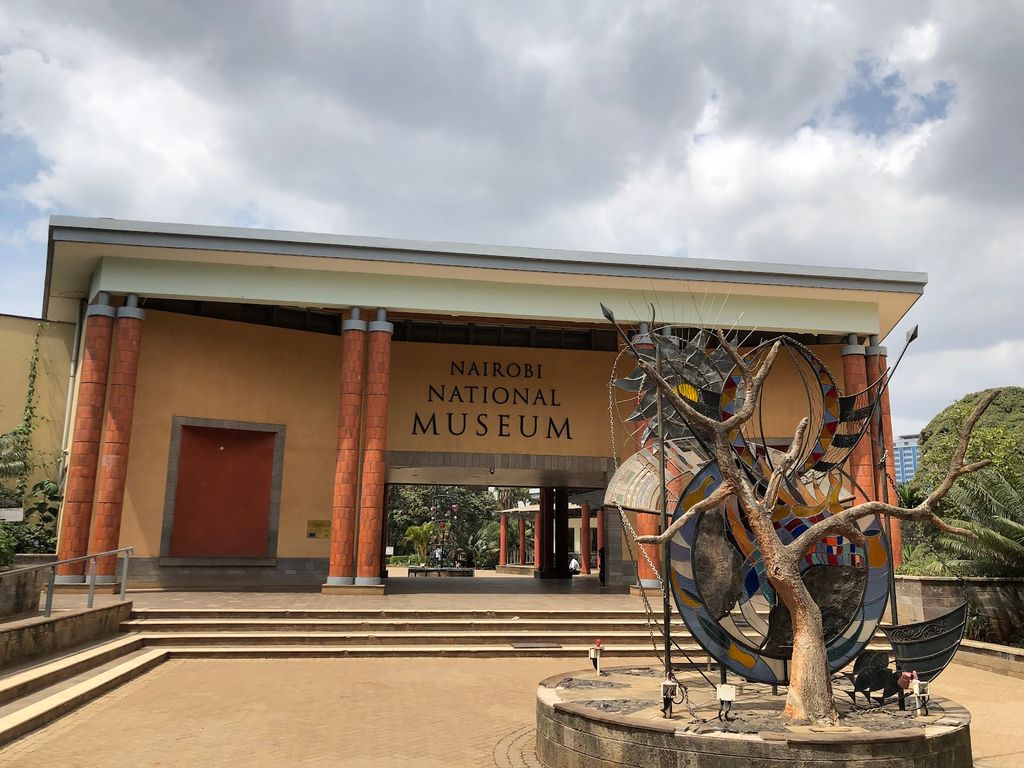
Nairobi National Museum (Source: Google Maps)
The Nairobi National Museum is a cornerstone of Kenya's cultural heritage, showcasing the country's rich history and diverse ecosystems. Established in 2005, it is home to a vast collection of artifacts, including archaeological finds, ethnographic exhibits, and contemporary art. The museum's architecture blends modern design with traditional elements, creating an inviting space for visitors. Notably, its galleries feature the famous 'Hominid Skull' – a significant fossil that highlights the region's importance in human evolution. Surrounding the museum, beautiful gardens enhance the experience, providing a serene environment to reflect on the exhibits.
Snake Park
Adjacent to the Nairobi National Museum, the Snake Park is a fascinating exhibit of reptiles and amphibians, providing insight into local wildlife.
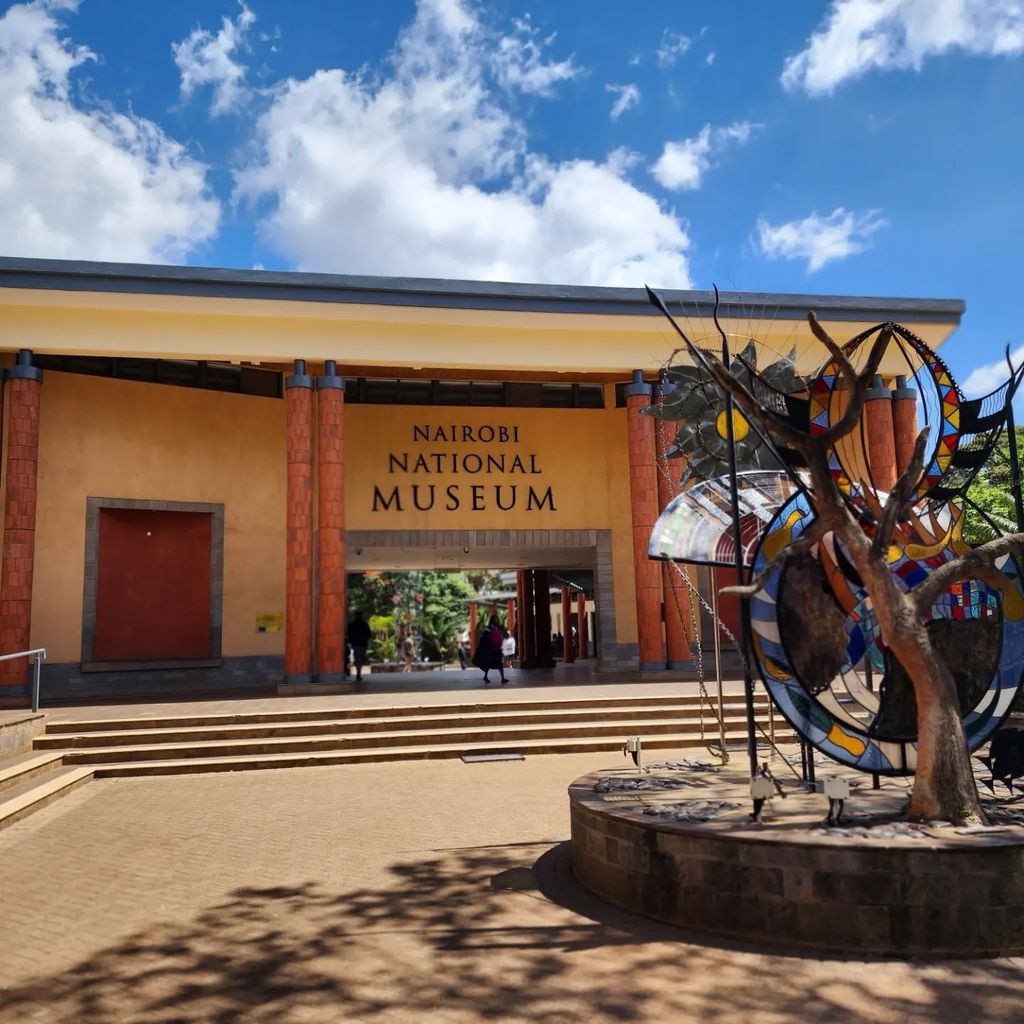
Snake Park (Source: Google Maps)
Adjacent to the Nairobi National Museum, the Snake Park is a captivating attraction dedicated to the reptiles and amphibians of Kenya. Established in 1961, it serves both educational and conservation purposes, showcasing a variety of species, including snakes, lizards, and tortoises. The park aims to dispel myths surrounding snakes and promote awareness of their ecological importance. Visitors can observe these creatures up close, learning about their habitats and behaviors. The park also participates in breeding programs for endangered species, contributing to wildlife conservation efforts in Kenya. It’s an ideal stop for those interested in the unique biodiversity of the region.
Jeevanjee Gardens
Take a relaxing break at Jeevanjee Gardens, a serene public park donated to the people of Nairobi by the philanthropist Alibhai Mullah Jeevanjee.
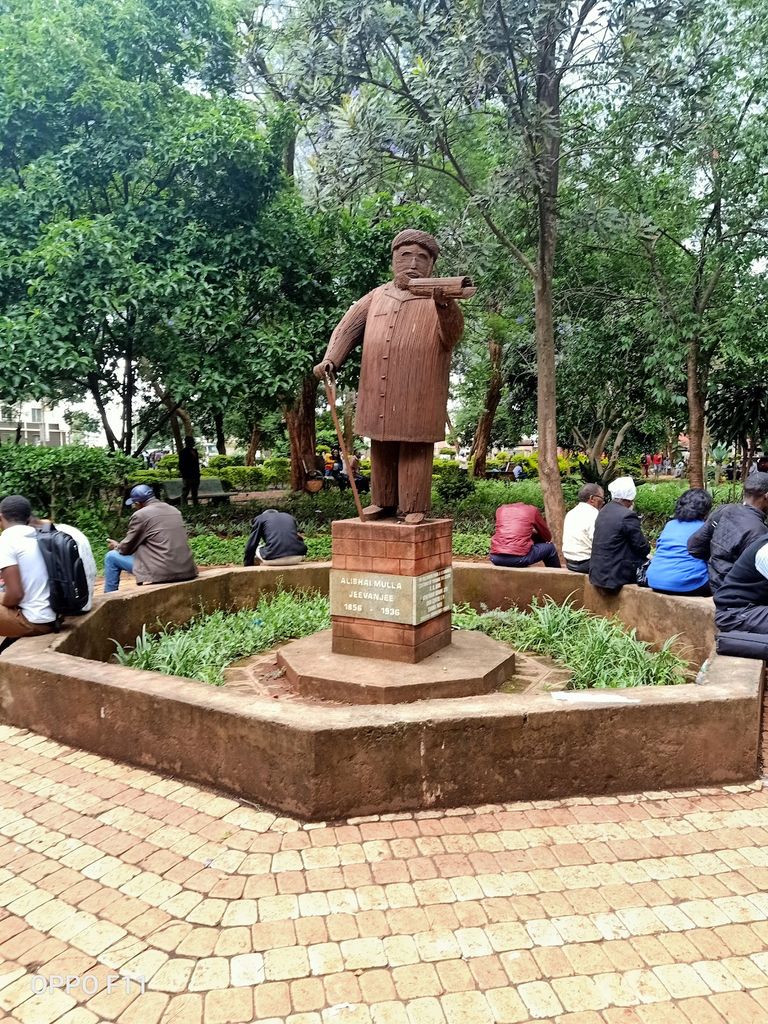
Jeevanjee Gardens (Source: Google Maps)
Jeevanjee Gardens is a tranquil oasis in the bustling city of Nairobi, established in the late 19th century. Donated to the city by philanthropist Alibhai Mullah Jeevanjee, the gardens serve as a green space for relaxation and social gatherings. The park features lush lawns, shaded pathways, and beautiful flowerbeds, making it a popular spot for both locals and tourists. Historically, it has been a gathering place for political discussions and community events, reflecting its significance in the city's social landscape. The gardens also host various cultural activities, providing a glimpse into the vibrant life of Nairobi.
Kenya National Archives
Located nearby, the Kenya National Archives houses an extensive collection of historical documents and a gallery of Kenyan art.
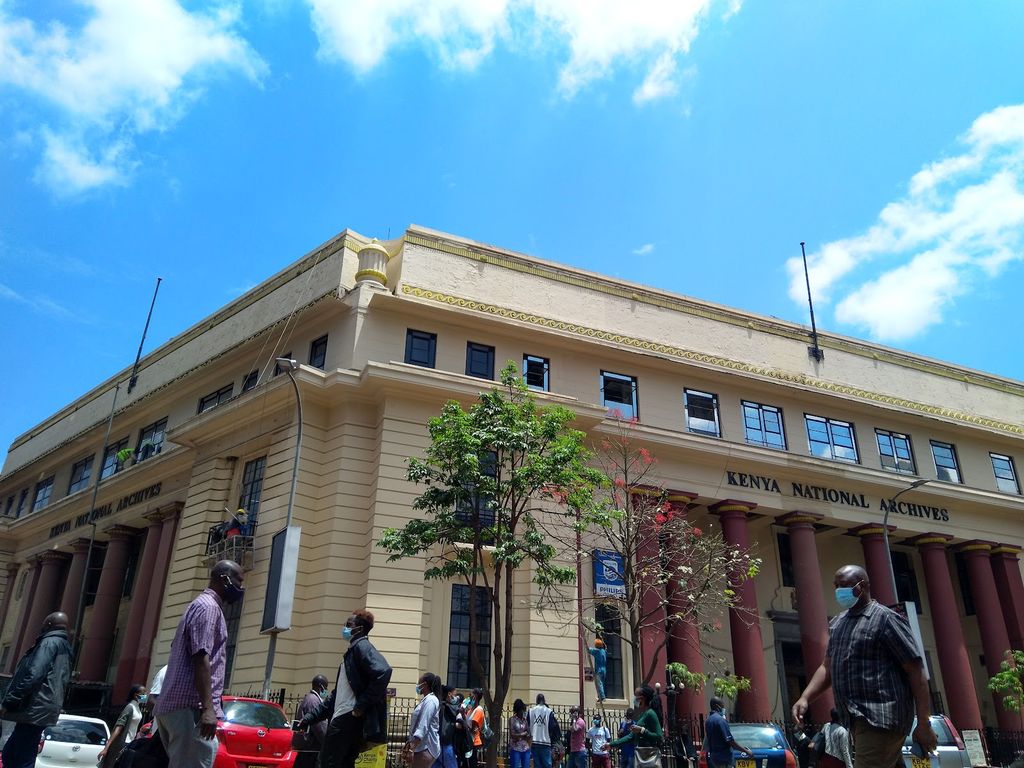
Kenya National Archives (Source: Google Maps)
The Kenya National Archives is a vital institution that preserves the country's historical documents and cultural artifacts. Opened in 1965, it houses an extensive collection of records, including government documents, manuscripts, and photographs that trace Kenya's history from pre-colonial times to the present. The archives also feature a gallery showcasing Kenyan art, which highlights the country's diverse artistic heritage. The building itself is an architectural landmark, with its distinctive design reflecting the influence of both colonial and local styles. It plays a crucial role in promoting research and education about Kenya's past.
August 7th Memorial Park
A short stroll leads you to the August 7th Memorial Park, a peaceful garden and memorial site commemorating the victims of the 1998 bombing.
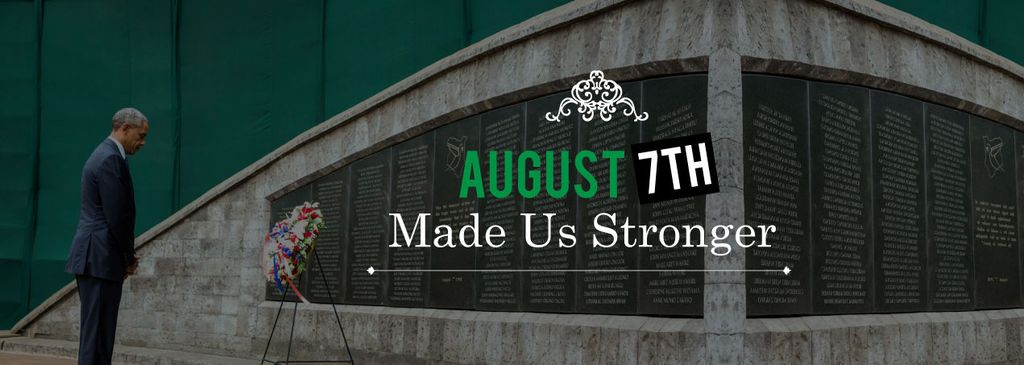
August 7th Memorial Park (Source: Google Maps)
August 7th Memorial Park is a poignant site dedicated to the victims of the 1998 terrorist bombing of the U.S. Embassy in Nairobi. Established in 2004, the park serves as a serene memorial space that honors those who lost their lives and promotes peace and reconciliation. The beautifully landscaped gardens and commemorative structures provide a reflective environment for visitors. The park also features educational displays that inform the public about the events surrounding the bombing and its impact on the community. It stands as a reminder of resilience and the importance of unity in the face of adversity.
Kenyatta International Conference Centre (KICC)
Continue your tour at KICC, an iconic building offering panoramic views of Nairobi from its rooftop helipad.
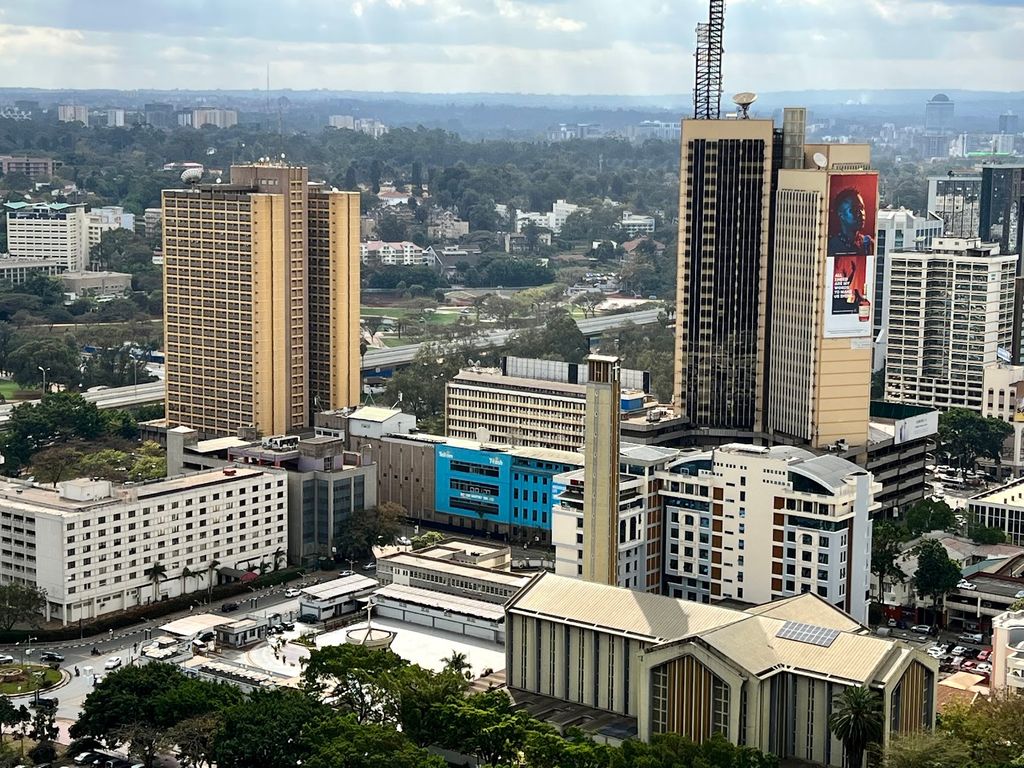
Kenyatta International Conference Centre (KICC) (Source: Google Maps)
Kenyatta International Conference Centre (KICC) is an iconic landmark in Nairobi, known for its unique architecture and panoramic views of the city. Completed in 1973, it was the first skyscraper in East Africa and has since become a symbol of Nairobi's growth and development. The building features a distinctive cylindrical design and a rooftop helipad that offers breathtaking views of the cityscape. KICC hosts various conferences, exhibitions, and events, contributing significantly to Nairobi's status as a regional hub for business and diplomacy. Its vibrant atmosphere and central location make it a must-visit for anyone exploring the city.
Nairobi Gallery
Just a short walk away, the Nairobi Gallery is housed in a historic building and showcases a diverse collection of African art and artifacts.
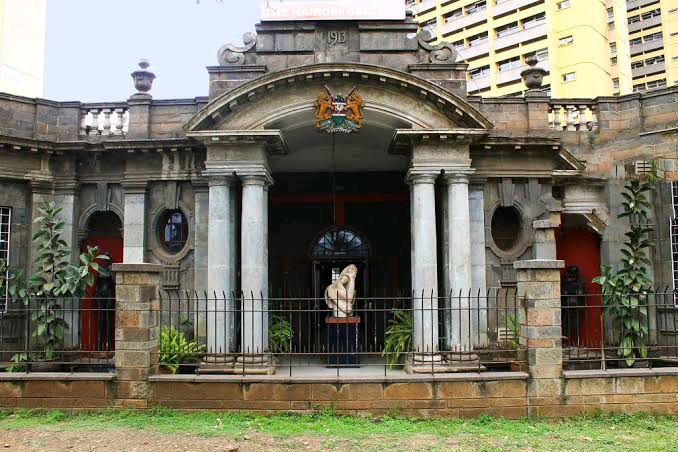
Nairobi Gallery (Source: Google Maps)
The Nairobi Gallery, housed in a historic building that was once the Old PC's office, showcases a diverse collection of African art and artifacts. Established to promote contemporary Kenyan artists, the gallery features rotating exhibitions that highlight the richness of African culture. The architecture of the building itself is noteworthy, with its colonial-era design juxtaposed against modern artistic expressions. Visitors can explore various forms of art, including paintings, sculptures, and installations that reflect the social and political narratives of the region. The gallery serves as a platform for artistic dialogue and cultural exchange, making it an essential stop for art enthusiasts.
Jamia Mosque
Just a short walk from the gardens, the Jamia Mosque is one of Nairobi's most important religious sites, known for its beautiful architecture.
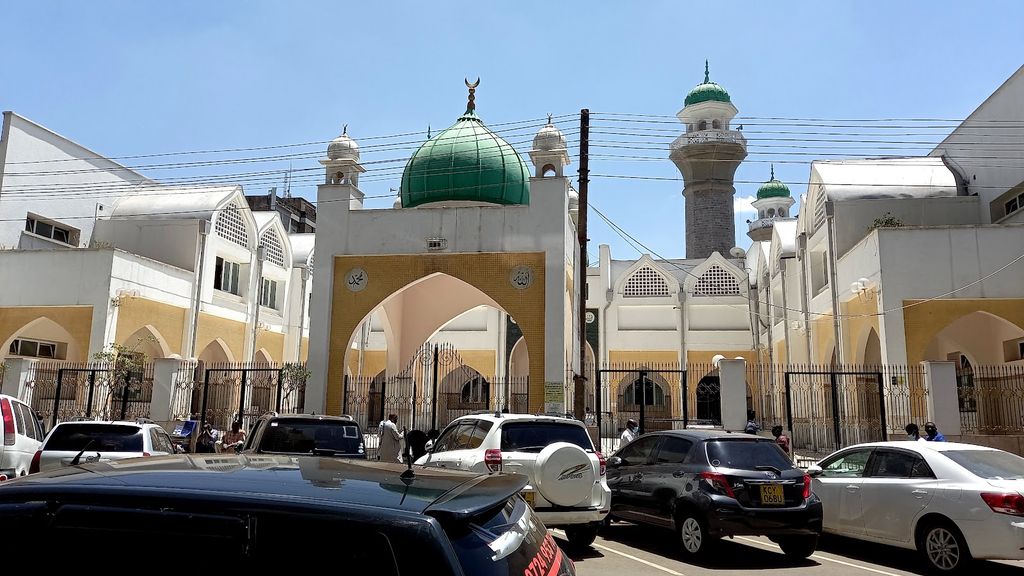
Jamia Mosque (Source: Google Maps)
Jamia Mosque is one of Nairobi's most prominent religious sites, renowned for its stunning architecture and cultural significance. Completed in 1906, it is the largest mosque in Nairobi and serves as a central place of worship for the Muslim community. The mosque's design features beautiful arches, intricate tile work, and a striking minaret that dominates the skyline. It plays a vital role in the spiritual life of the city, hosting daily prayers, community events, and educational programs. The mosque is not only a place of worship but also a symbol of the rich Islamic heritage that is integral to Nairobi's diverse cultural landscape.
City Market
Conclude your tour at the City Market, where you can explore a vibrant array of local crafts, fresh produce, and cultural experiences.
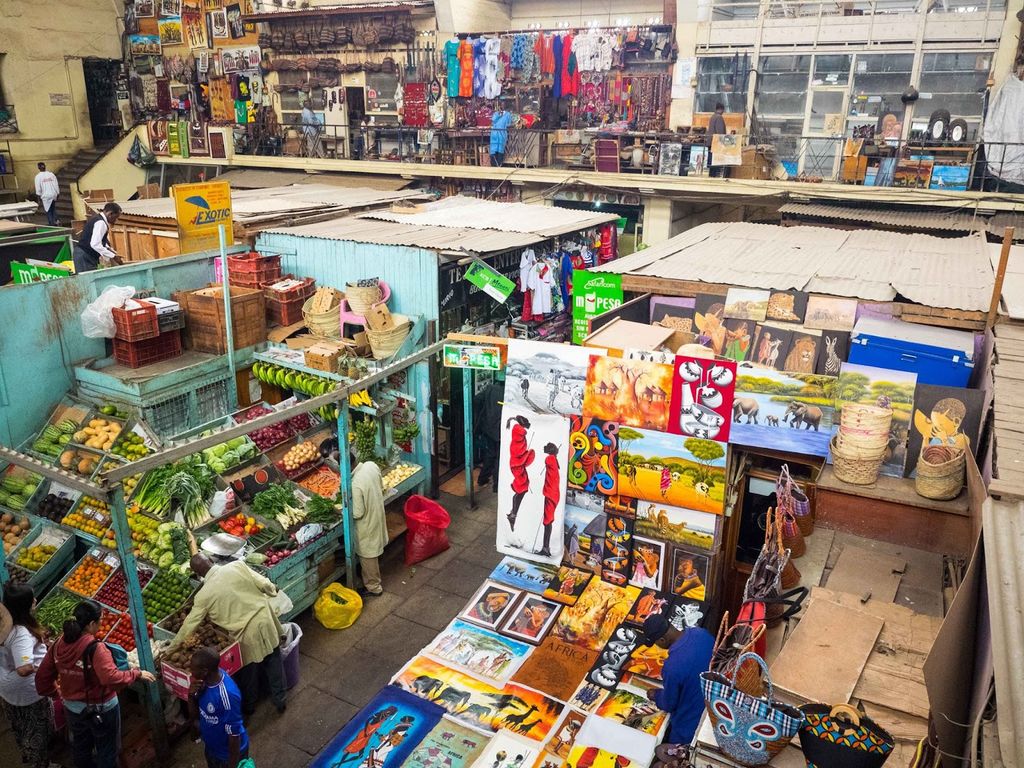
City Market (Source: Google Maps)
City Market is a vibrant hub of commerce and culture in Nairobi, offering a sensory experience of local life. Established in the early 20th century, it is known for its bustling atmosphere and diverse range of products, from fresh produce to handmade crafts. The market is a popular destination for both locals and tourists, providing an opportunity to engage with the community and experience the flavors of Kenya. Visitors can explore stalls selling traditional textiles, jewelry, and souvenirs, as well as sample local delicacies. The market reflects the dynamic spirit of Nairobi and serves as a microcosm of the city's rich cultural tapestry.

Your travels, your rules.
Create your own Free Walking Tours.
Set your preferences, distances and anything you want to do or see.
Completely free, no payment required.